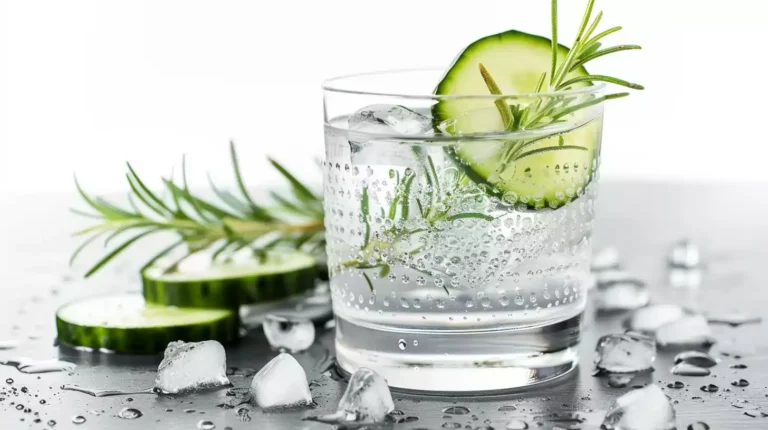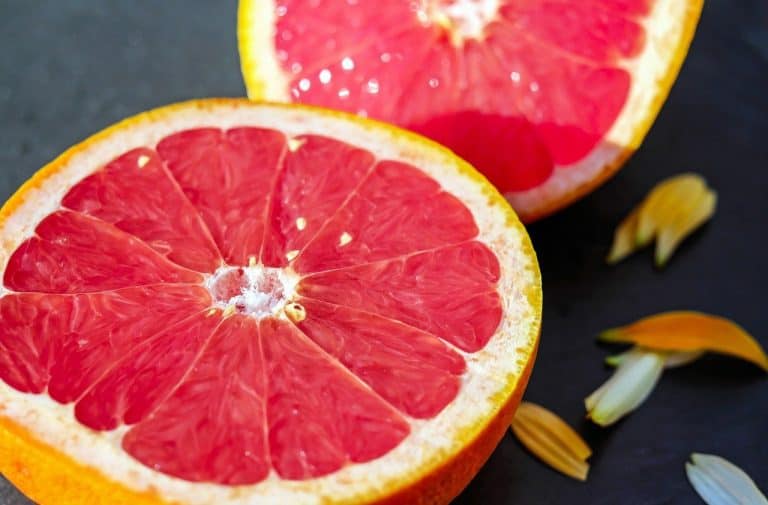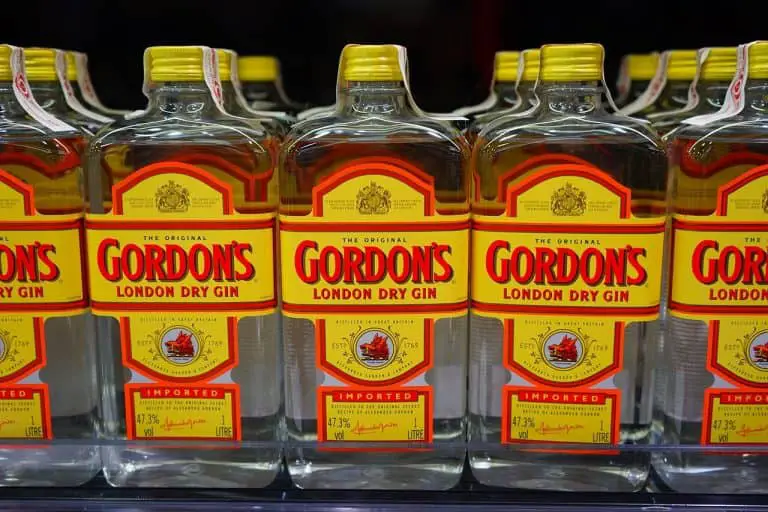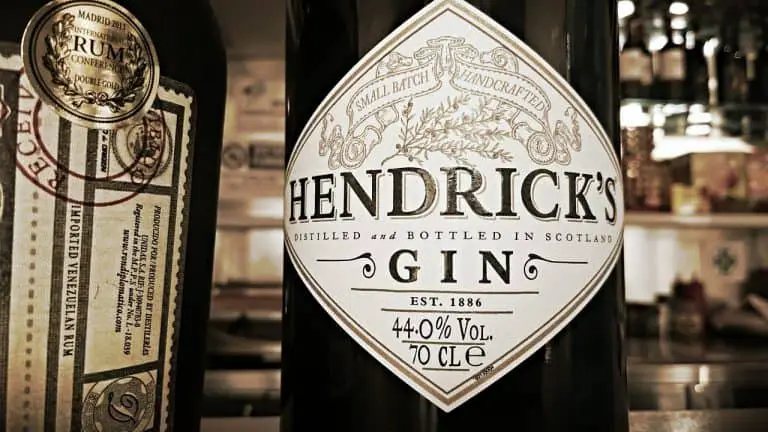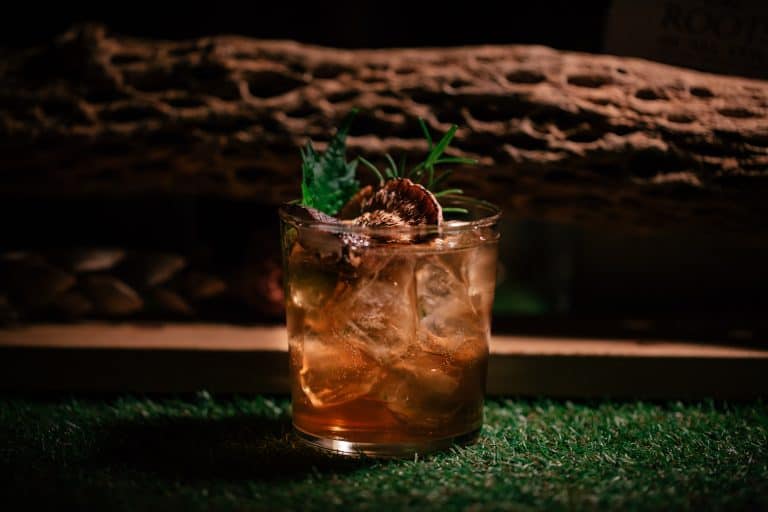Do All Gins Taste the Same? Why Different Gins Taste Better
Gins come in many shapes and sizes – you can drink them in cocktails, shots, or as part of a delectable gin and tonic. It’s refreshing and perfect for any occasion. There are many brands and different types of gin, which begs the question: do all gins taste the same?
Not all gins taste the same. They all contain the same core ingredients and follow a similar production method but depending on the type of gin you’re drinking, there will be subtle differences in flavor. The main ingredient in every gin is juniper, but aside from juniper, the gin maker can add whatever flavors they want.
There are three main types of gin as well as numerous different brands and not to mention different flavors! There is so much information surrounding gin including its ingredients, production methods, and laws, so let’s get into it!
What Is Gin And What Is It Made Of
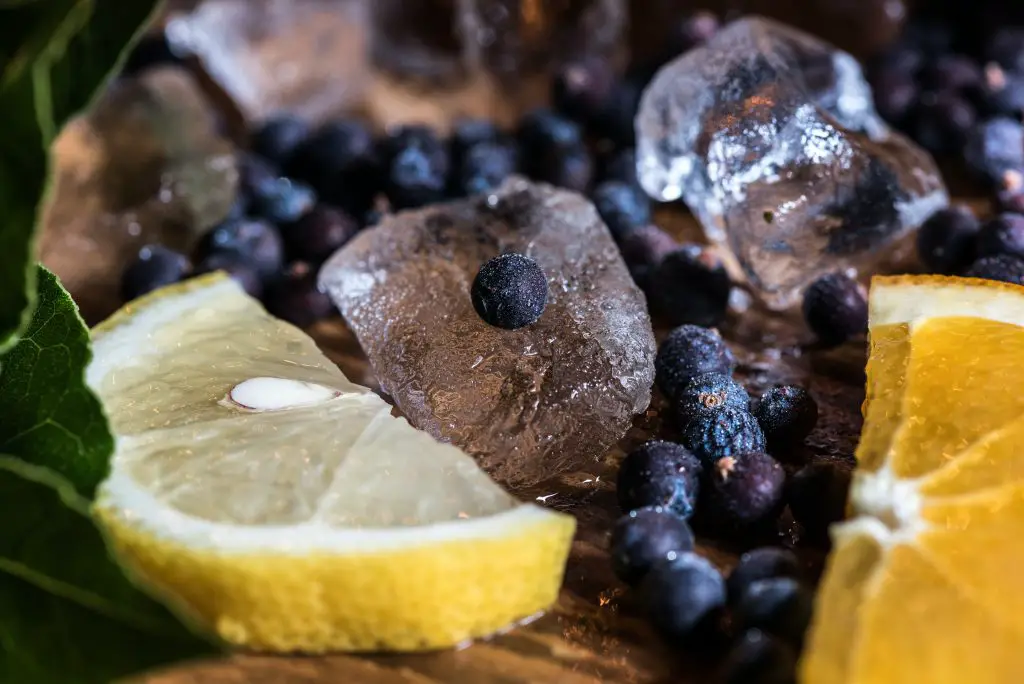
Whether you’re a novice or a gin connoisseur, it’s handy to know about different types and tastes so you can choose the right gin for your drink. Let’s start at the beginning – what is gin?
Gin is a neutral spirit distilled from ingredients such as wheat, barley, potatoes, or grapes. It’s infused with juniper berries and cannot legally be classed as gin without this key ingredient. Along with juniper, many other botanicals (plants, herbs, spices, etc) are included, which can vary from brand to brand.
A few other things to mention: the minimum alcohol content is 37.5% and in America, it must (legally) contain at least 40% alcohol to be sold. Some gins can contain a much higher alcohol content though so be careful when drinking those fruity cocktails!
Gin is also a great choice if you’re calorie counting as it only contains 95-105 calories per full shot and it contains no carbs.
The Different Types Of Gin
There are three main types of gin: London Dry, Old Tom, and Plymouth. There are other, new types but we’ll stick to the traditional ones. So why are they different and what do they taste like?
London Dry Gin
This is arguably the most common type; it originated in England but is now made worldwide due to its popularity.
It has its own category due to the production method; most gins are distilled with botanicals, sugars, and other ingredients, which can be added during and after distillation. Whereas London Dry cannot have any ingredients added post-distillation.
In terms of taste, London Dry has the hallmark taste of juniper but there is a nice focus on citrus notes. There are generally very few sweeteners added in dry gins so the juniper and citrus really stand out.
It’s refreshing with a hint of tartness along with the piney taste from the juniper. This works best in Martinis and G+T’s – add some lemon zest to draw out the flavors.
Old Tom Gin
This old-school gin dates back to the 18th Century when heavy sweeteners got added like honey, sugar, and licorice to mask the poor-quality taste.
The quality is definitely not poor anymore; it’s gorgeous and a particular favorite among bartenders as it works so well in cocktails.
Nowadays, licorice is used in more significant quantities making it much sweeter than other gins. It accentuates the fruity ingredients in cocktails and contrasts against any sharper citrus notes.
If you want to try something different, add this into a Mojito instead of rum for a slightly sweetened version of this classic cocktail.
Plymouth Gin
Unlike London Dry, this gin does actually have to be made in Plymouth to acquire its name. Unfortunately, there is only one distillery left so Plymouth as a type is also the one and only brand left.
The taste resembles that of London Dry but it’s earthier from the root botanicals used; it’s also a tad sweeter due to the wide array of fruity citrus notes used. This is the perfect gin to use in a Negroni.
What About Taste Differences Among Gin Brands

There are so many brands of gin ranging from common, budget ones to premium collections. Considering all gins are neutral spirits infused with juniper and similar other botanicals; is there really a big difference in taste?
Not all brands taste alike. Just like the different types, all brands of gin have their own unique blend of flavors. They use different quantities of botanicals and slightly different ingredients creating their own unique tastes.
Considering there are so many brands, it would be impossible to discuss all of them but this will give you a good idea of how much the taste can differ.
Plus, this means that next time you try gin in your local bar, you can try to pick up these subtle flavors and see which one is your favorite!
I think there are common gin brands we have all heard of or seen on the shelves of our local bar even if we haven’t tried them ourselves!
Gordon’s, for example, has a clean, dry taste with hints of juniper, lemon, and other citrus notes. It has herbal undertones and just a touch of sweetness.
This has a very similar taste to Beefeater gin, which also has a heavy focus on the juniper and citrus notes (which is no surprise considering it’s a London Dry). However, Beefeater focuses more on the herbal notes and the pine taste is more apparent.
Keeping with the London Dry theme, Bombay Sapphire has almond and cubeb berries making it smooth with just a hint of spice.
Hendrick’s is another well-known gin that is popular due to its strong cucumber and rose undertones.
Tanqueray is another London Dry that has a strong focus on the piney, juniper flavor with a subtle hint of citrus.
We can see that the brands differ in taste a lot! There are some slightly more obscure ones like Monkey 47, which includes 47 different botanicals! This has a hint of spice, fruits, and herbs making it robust and woody with a tinge of citrus floating around.
Finally, let’s mention Roku, which is a Japanese gin and includes cherry blossom and green tea and all the botanicals are only found in Japan.
So, I think it’s safe to say that gins do not all taste the same!
Final Thoughts
I hope you now understand that all gins do not taste the same. This is because of the different botanicals used in each gin recipe. However, there are some general flavor profiles that gins tend to have. These include juniper, citrus, and floral notes.
So, if you are looking for a specific flavor in a gin, be sure to check the label to see what botanicals were used and try it out!

